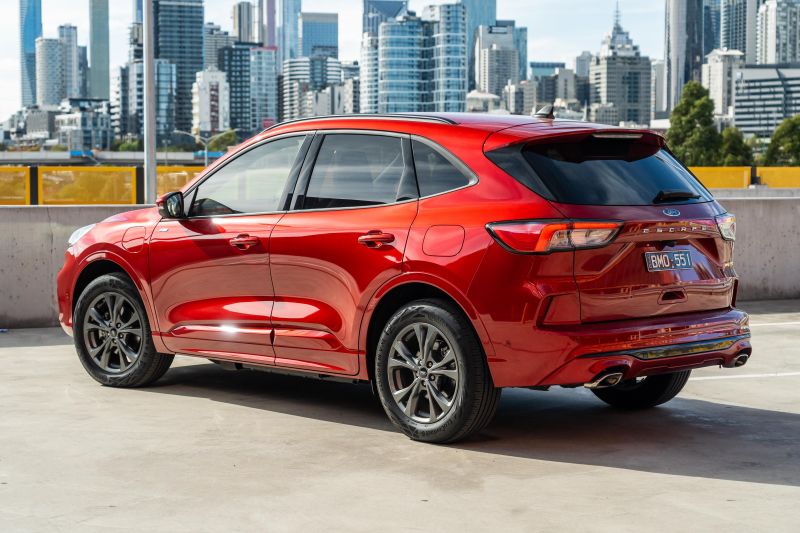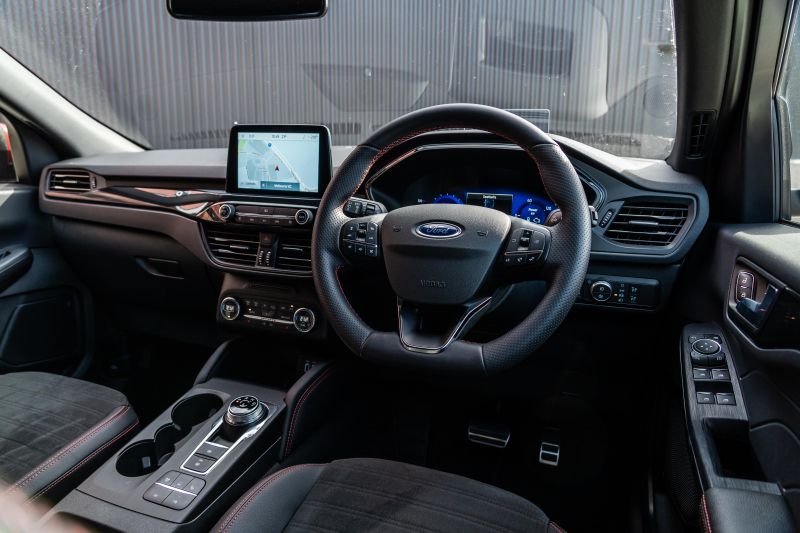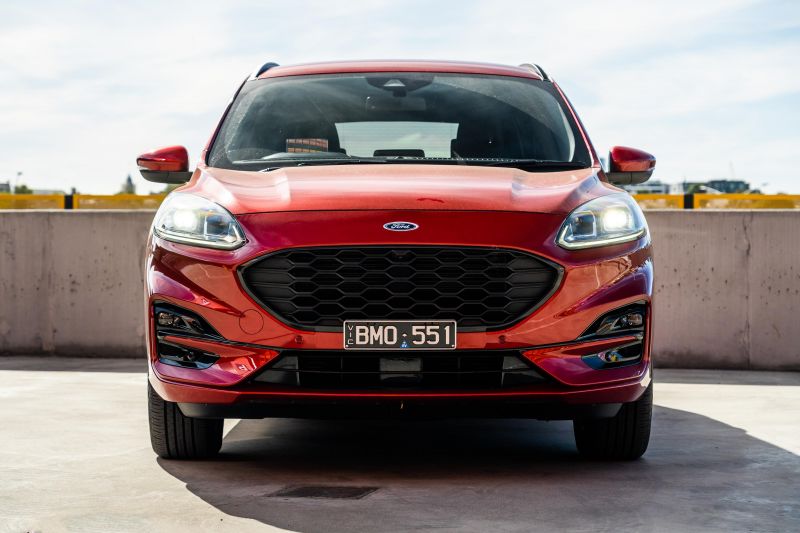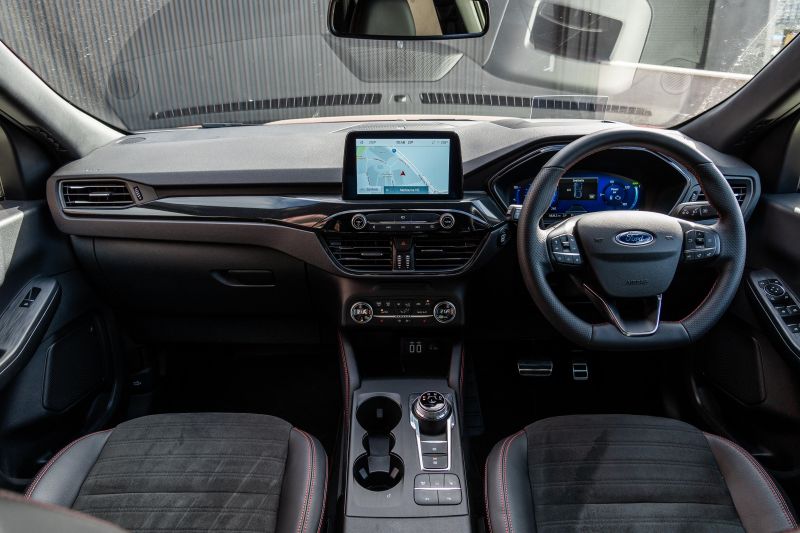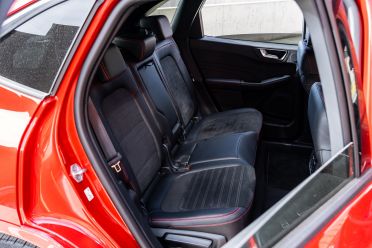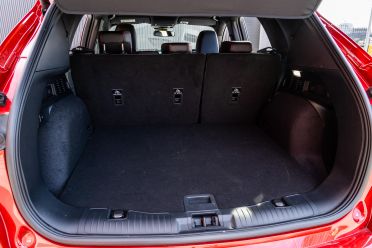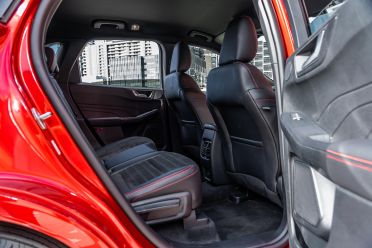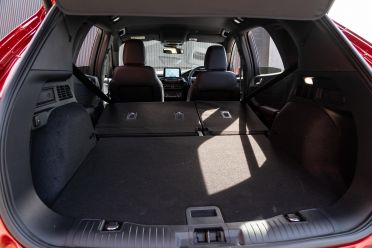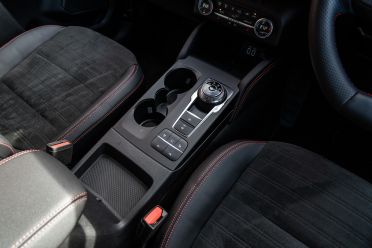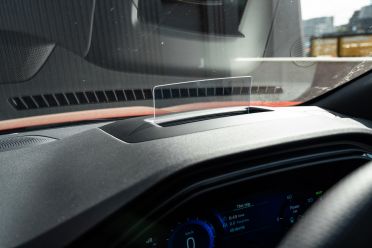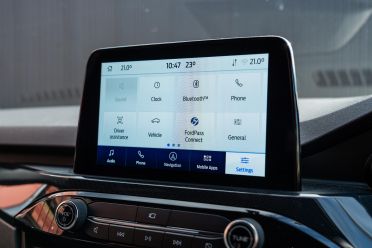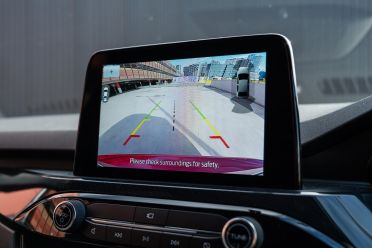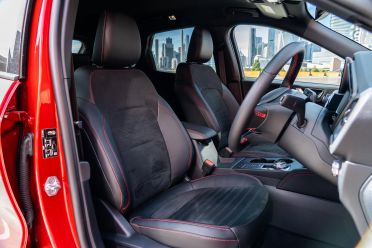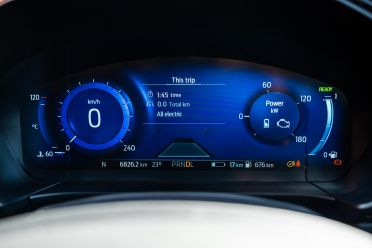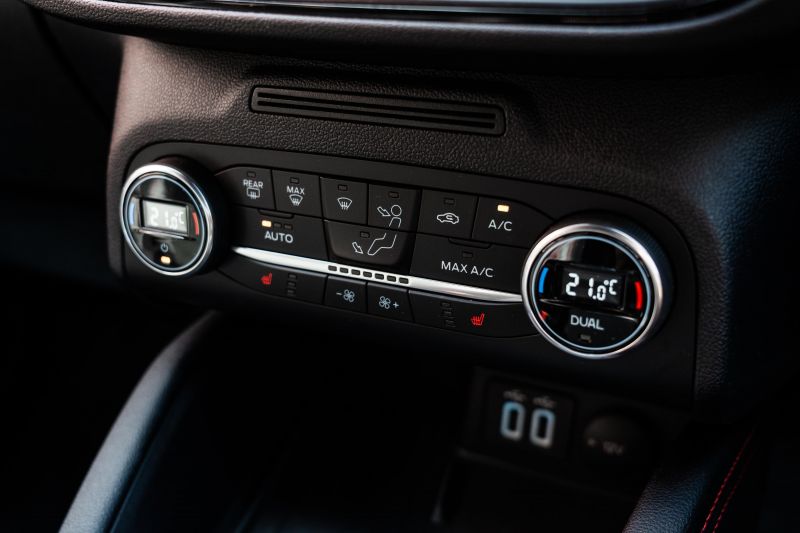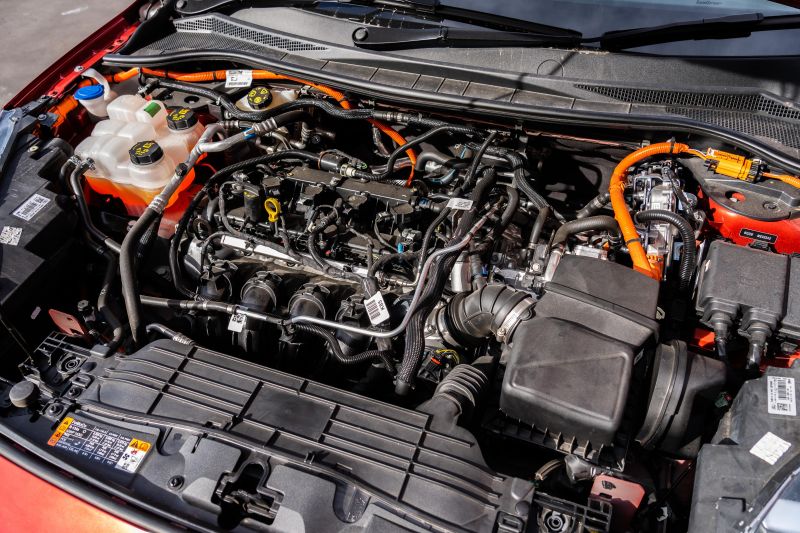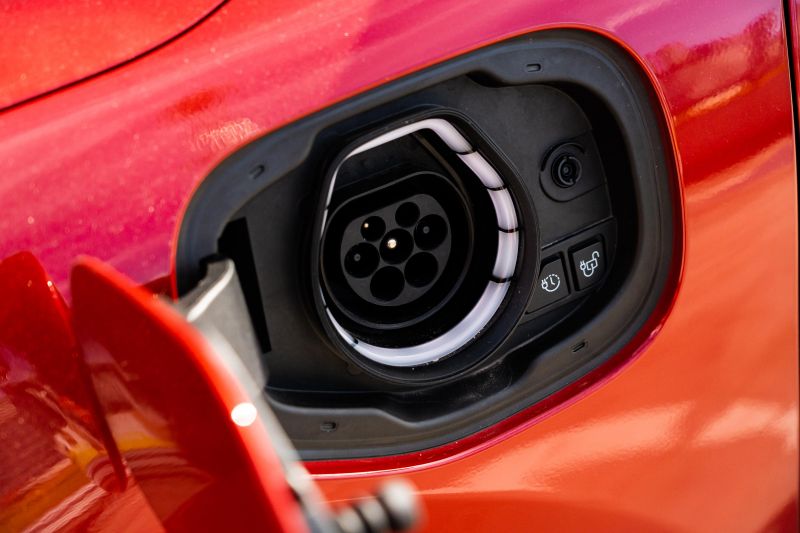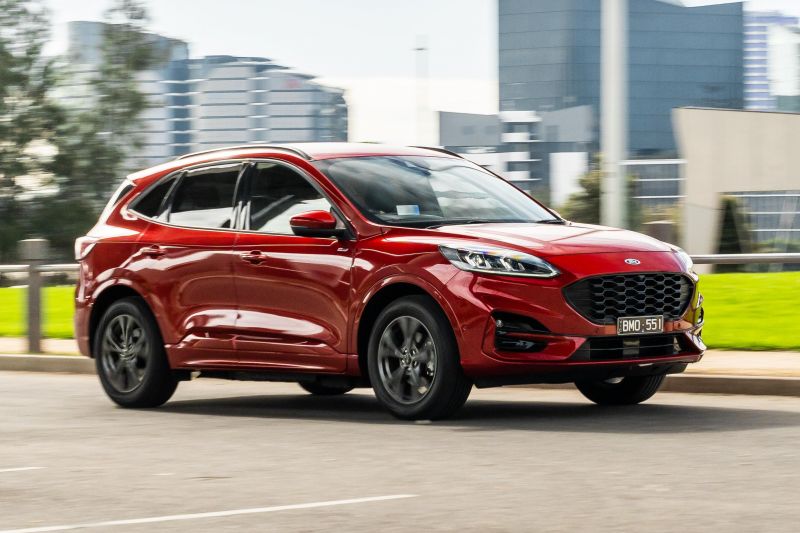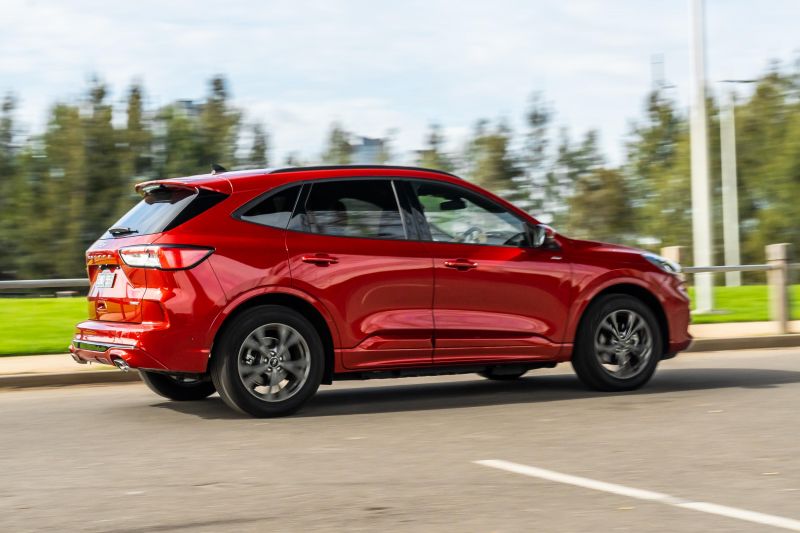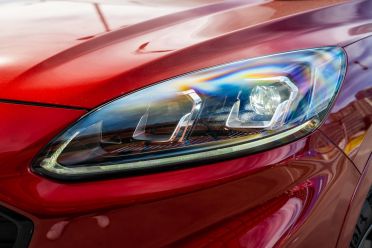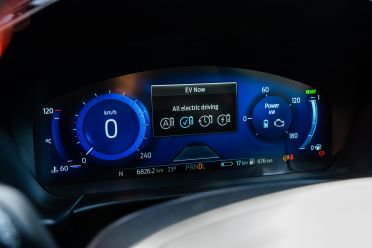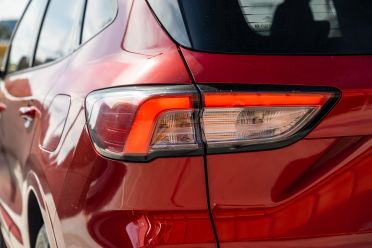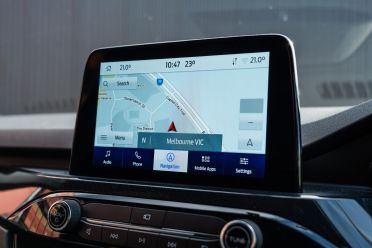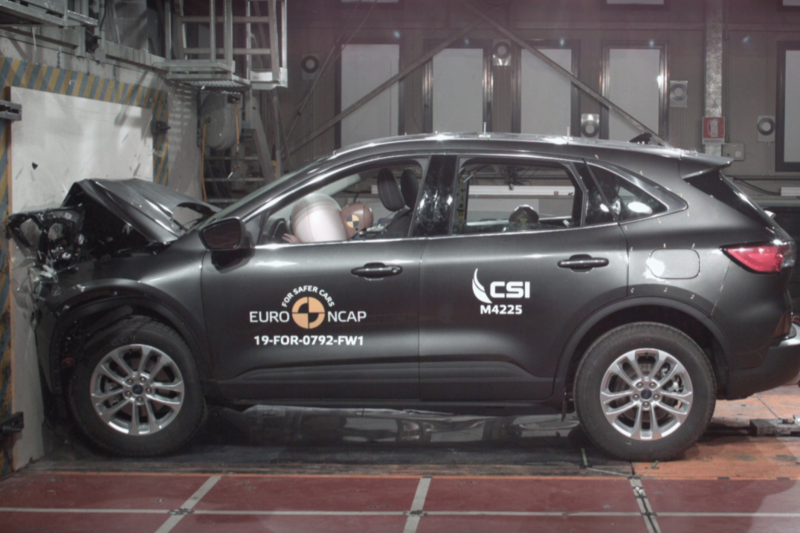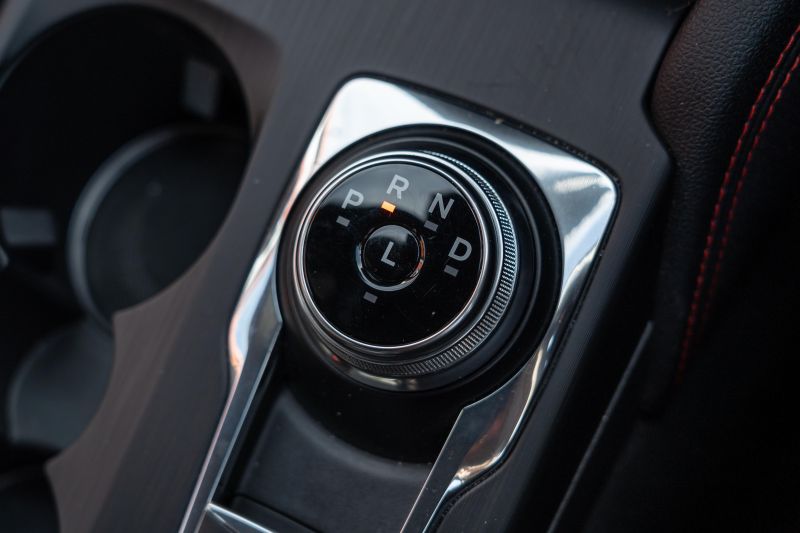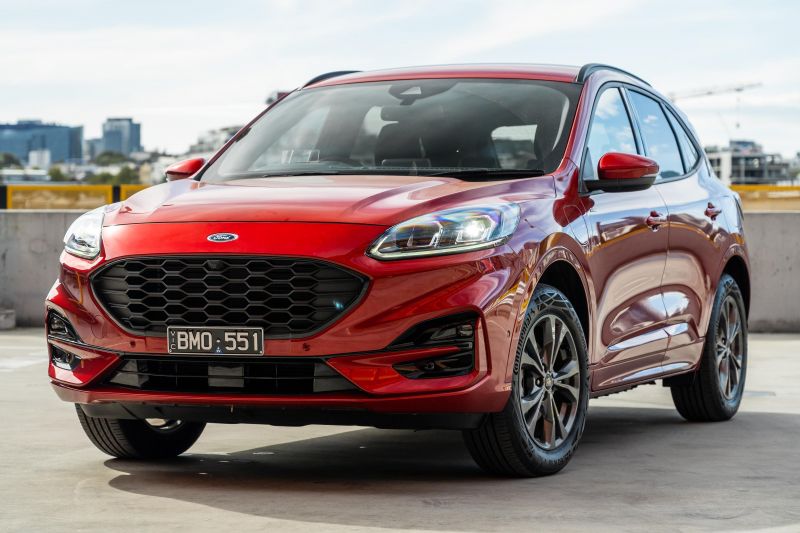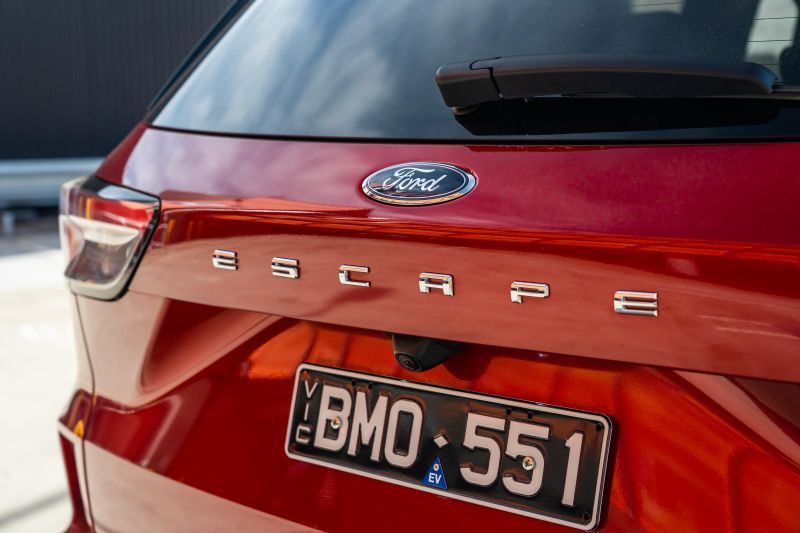The mainstream mid-sized SUV segment is Australia’s largest by volume, and is absolutely teeming with competitors from almost every mass-market brand.
So of course Ford is exiting it. It will farewell the Escape by the end of this year.
No, we won’t be getting the facelifted Escape revealed in other markets, and Ford has said nothing about a replacement in the shape of the related but boxier Bronco Sport.
That means Ford is following Jeep in exiting a segment that even Citroen fields an entry in in Australia. In the first half of 2023, Ford sold just 1311 Escapes, which saw it outsold by the likes of the Renault Koleos and Volkswagen Tiguan.
Ford says poor supply out of Europe is to blame. Alas, Ford hasn’t been able to sell a mid-sized SUV in significant volumes for years now, and that’s despite the company having had two generations of Escape in a row now that have deserved to sell a hell of a lot better.
It’s especially frustrating to see the Escape go because it took so long for this, the plug-in hybrid (PHEV) variant, to get here. After numerous delays, it finally arrived last year. And now it’s about to go.
Wearing Kuga badging in Europe, this electrified Escape is the best-selling PHEV on that continent. Here, it’s an entirely different story, with PHEVs widely overlooked by much of the buying public, just like the Escape.
It seems destined for a future instalment of my series on Fords you may have forgotten about, but is the Escape PHEV a lame duck loser or a forgotten gem?

How much does the Ford Escape ST-Line PHEV cost?
The Escape PHEV is available only in mid-range ST-Line trim with front-wheel drive, and is priced at $54,940 before on-road costs.
That’s a jump of $14,950 over the front-wheel drive ST-Line petrol which, while hardly unusual for a PHEV in Australia, is still quite a steep premium.
It means this electrified Escape, despite only being in mid-range trim, is $3350 pricier than the flagship petrol variant, the all-wheel drive Vignale.
There are some extra features over the petrol ST-Line, which we’ll detail later, and you also get access to unique option packages to help bring it closer to the level of the Vignale.
Our tester came equipped with the $1950 ST-Line Option Pack and the $1500 Parking Pack, as well as $700 metallic paint.
Based on a Sydney postcode, you’re looking at a drive-away price of $60,465 without any options. As tested, our Escape PHEV rung up at $64,820 drive-away.
While PHEVs are niche products in Australia – pure electric vehicles outsold them by around 12-to-1 in the first half of this year – the Escape PHEV nonetheless has some competition.
The Mitsubishi Outlander PHEV founded this segment, and in its latest generation it starts at $56,490 before on-roads in base ES guise – though, notably, it does include all-wheel drive.
Cupra’s smaller Formentor VZe is $68,990 drive-away, while the all-wheel drive Peugeot 3008 GT Sport Plug-In Hybrid is a gobsmacking $82,915 before on-roads. At the complete opposite of the spectrum is the MG HS Plus EV, which starts at $49,690 drive-away and tops out at $52,690 drive-away.
In the value stakes, then, the Escape PHEV can’t match the MG but it meaningfully undercuts everything else.
What is the Ford Escape ST-Line PHEV like on the inside?
The Escape PHEV is deceptively large.
From the outside, its bloated Focus styling makes it look like one of the smaller SUVs in this segment. And yet, step into the back and there’s plenty of headroom, legroom and toe room.
The front seatbacks are scooped out to maximise knee room and the floor is almost entirely flat.
Child seats are accommodated with three top-tether and two ISOFIX anchor points, and there are air vents and a couple of USB outlets.
You can maximise boot space by sliding the second-row seats forward; they also split and fold 60/40.
In the boot, there’s a 12V outlet and levers to drop the rear seats. Under the boot floor, there’s a space-saver spare wheel – certainly better than the can of goo you get in some PHEVs.
Boot capacity for the PHEV is the same as petrol Escapes, with 556L of space with the second row in use, measured to the roof. The boot floor measures 1729mm long, 1051mm between the wheel arches, and 833mm tall.
Up front, there are soft-touch plastics in all the places you’d expect them to be in this segment, even on the sides of the centre console, the top and front of the dash, and the front doors.
There’s also brushed trim on the centre console, as well as faux carbon-fibre inserts, while there are illuminated cup holders and Ford’s typical soft-blue accent lighting.
Despite this, the Escape lacks the flair of an Outlander or the upscale vibe of a Mazda CX-5.
It’s all a bit dour and workmanlike in appearance, from the slabby dash to the door trims that look like injection-moulded hard plastic to the faux carbon trim that doesn’t add any contrast.
We didn’t experience any build quality issues, though the doors don’t close with quite as solid a thunk as I would expect from a Ford of Europe product.
The 8.0-inch screen has been overtaken by myriad rivals in the screen size wars – no wonder Ford has gone to an enormous 13.2-inch unit in the updated Escape we’ll sadly miss out on.
Ford’s Sync 3 system works well, with an easily navigable menu structure, on-screen shortcuts, quick response times and graphics that are neat without being overly flashy.
Likewise, the 12.3-inch digital instrument cluster is simple and straightforward. There’s not the level of adjustability as you would find in, say, a Cupra Formentor but it all works well.
There’s a head-up display, but it projects speed and driving information on a pop-up screen instead of the windscreen. It’s not the fanciest set-up, then, but in a segment where head-up displays are still missing from some entrants this is hardly a criticism.
The Blue Oval brand has flubbed one interior fundamental, however. The front seats have a surprisingly short base and feel quite flat. At least their heating functionality works well – these seats get hot in a hurry.
The seats may disappoint but the steering wheel is superb. It has a lovely leather wrapping and feels fantastic in your hands, while the switchgear is simple and intuitive.
At the base of the centre stack, there are two USB-A outlets plus a 12V outlet and a wireless charging pad that’s easy to access.
Switchgear for the sound system sits proud of place on the centre stack, just below the touchscreen but well above the climate control.
Storage is average. There are relatively large bottle holders in the doors, but the centre console bin is fairly small with a large intrusion.
A note: our tester wasn’t the newest Escape, which Ford calls an MY23.25. This vehicle has only minor changes, all confined to the interior.
A USB-C port replaces one of the USB-A ports in the rear, there are new sill plates with Ford logos, and the temperature display has disappeared from the climate control dials.
What’s under the bonnet?
The Escape PHEV’s drivetrain consists of a 2.5-litre naturally-aspirated petrol engine running the efficiency-focused Atkinson drive cycle, an electric drive motor-generator, and a 14.4kWh lithium-ion battery.
There’s a total system output of 167kW, sent to the front wheels through an e-CVT automatic transmission.
It has a kerb weight of 1843kg, or 222kg heavier than the equivalent front-wheel drive petrol version.
The PHEV is also the least capable towing vehicle in the Escape range. It has a maximum braked towing capacity of 1200kg, where all the other models can tow up to 1800kg.
Ford claims combined cycle fuel economy of 1.5 litres per 100km, but these PHEV consumption figures always carry a big asterisk.
The Escape would display a claimed 72km of range fully charged (despite Ford’s official WLTP claim of 56km), though this would drop quickly.
On my morning highway commute of around 52km, I could get to the office in EV mode without using a drop of petrol; on one instance, I consumed 0.2L/100km overall purely because the engine kicked down during an overtaking manoeuvre.
Over a loop comprising inner-city, suburban and highway driving and with the car in Normal (i.e. mostly EV) mode, I averaged 0.8L/100km.
Over a similar loop with a depleted battery, we still averaged 5.1L/100km as the Escape PHEV operates as a regular hybrid in these scenarios. To get the most out of it, however, we recommend plugging it in overnight.
Overall, we had an average fuel economy readout of 2.4L/100km over 1830km of driving, 1429km of which was on pure electric power. We also recorded an average energy consumption of 16kWh per 100km.
How does the Ford Escape ST-Line PHEV drive?
The Escape PHEV impresses with its refinement.
Transitions between the electric motor and petrol engine are smooth, and when the latter kicks in it has an engine note that is at the same time hushed and yet somewhat sporty in sound. At highway speeds, very little noise enters the cabin.
While there’s a lot of power on tap and it’s only sent through the front wheels, there’s no problem with torque steer or front wheelspin. We’ve previously recorded a 0-100km/h time of 9.0 seconds, so it’s not as rapid as Escapes with the standard 2.0-litre turbo four.
The PHEV doesn’t feel quite as agile as the petrol Escape, either, and is a little more resistant to changes in direction. The steering is well-weighted, if lacking somewhat in feel, but overall the Escape isn’t averse to a winding road. Body roll is also generally quite well-controlled, though the brake pedal feels a bit wooden.
There’s a slightly lumpy quality to the ride, something we’ve observed in many plug-in hybrids and electric cars due to the extra weight of the battery down low. It can feel a touch unsettled over more undulating, poorly surfaced roads.
The Escape is one of the few vehicles in this segment to feature a simpler torsion-beam rear suspension; only all-wheel drive models have multi-link rear suspension. Despite this less sophisticated set-up, the rear doesn’t thump and crash over bumps.
Beyond the standard Eco, Normal, Snow/Sand, Sport, and Slippery drive modes, there are four PHEV-specific modes.
Auto EV mode stays in electric mode for the most part, though it’ll tap the petrol engine when necessary. EV Now relies solely on electric power, although even when selected the petrol engine can fire if you perform a kickdown.
EV Later will save battery charge by leaning on the petrol engine, while EV Charge will use the engine to charge the battery.
The headlights are superb. The beam shifts with the direction of the steering wheel, and the adaptive high-beam will block out oncoming vehicles to prevent dazzling their occupants.
We also find the combination of adaptive cruise control and lane centring to work quite well. It helps keep the car properly positioned in its lane without feeling overly obtrusive.
Turn-by-turn instructions from both Google Maps and the factory navigation system appear in the head-up display, along with the speed limit.
The semi-autonomous parking assist system isn’t quite as clever. When we tested it with some regular parking bays, we found it required a lot of adjustments and even then wasn’t entirely within the lines. You also have to hold down the button to keep it operating.
What do you get?
The Escape ST-Line PHEV doesn’t have exactly the same level of specification as its petrol counterpart.
Unique to the PHEV are a 10-way power driver’s seat, a rear centre armrest, a 10-speaker B&O Play sound system, and partial Sensico leatherette upholstery (instead of cloth).
Standard equipment on all ST-Line models include:
- Automatic LED headlights
- Automatic high-beam
- Fog lights
- 18-inch alloy wheels
- Rain-sensing wipers
- Privacy glass
- 8.0-inch touchscreen infotainment system
- Wired Apple CarPlay, Android Auto
- Satellite navigation
- DAB+ digital radio
- Wireless phone charger
- Keyless entry and start
- Ambient lighting
- Electronic parking brake
- Tyre pressure monitoring
The $1950 ST-Line Option Pack adds:
- Power tailgate
- Heated front seats
- LED ‘Glare Free’ headlights
- Head-up display
The $1500 Parking Pack adds:
- Semi-autonomous parking assist
- Front camera
- Door edge guards
An MG HS Plus EV Essence bests the Escape in the equipment stakes, with a standard panoramic sunroof, heated front seats, and leather upholstery, but compared with the base Outlander PHEV it stands tall with its standard power driver’s seat, rain-sensing wipers, and satellite navigation.
Is the Ford Escape ST-Line PHEV safe?
The Escape PHEV is covered by the same five-star ANCAP safety rating as the rest of the range.
It received an adult occupant protection rating of 92 per cent, a child occupant protection rating of 89 per cent, a vulnerable road user protection rating of 82 per cent, and a safety assist rating of 77 per cent.
Standard safety equipment on all Escape models includes:
- AEB incl. Pedestrian, Cyclist detection
- Adaptive cruise control with stop/go
- Blind-spot monitoring
- Intelligent speed limit assist
- Lane-keep assist
- Rear cross-traffic alert
- Reversing camera
- Front, rear parking sensors
- Traffic Jam Assist
- Traffic sign recognition
- Front, front-side and curtain airbags
How much does the Ford Escape ST-Line PHEV cost to run?
Ford backs the Escape PHEV with its five-year, unlimited-kilometre warranty, with the electric motor and battery covered by an eight-year, 160,000km warranty.
Servicing is required every 12 months or 15,000km, with the first four visits capped at $329 or $1316 in total.
That’s generous in some respects, and not so much in others. An MG HS costs $1413 to service over the same period and has shorter 12-month/10,000km intervals, though MG offers capped-price servicing for seven years.
The Mitsubishi Outlander PHEV has 12-month/15,000km intervals and a whopping 10 years of capped-price servicing, though over those first four years it is pricier than the Escape at $1496.
CarExpert’s Take on the Ford Escape ST-Line PHEV
We’ll be sad to see the Ford Escape go.
Whether you get the punchy turbocharged 2.0-litre four-cylinder engine or the efficient 2.5-litre plug-in hybrid, this is one thoroughly competitive mid-sized SUV.
There’s a decent amount of range with the plug-in hybrid, and many Australians could conceivably drive to and from work without using any petrol.
The benefits of a PHEV are tangible, yet most people seem to be making the jump straight to electric vehicles.
What’s less appealing is the premium. Ford isn’t alone in charging a significant premium over an equivalent petrol model for its PHEV, and it at least throws in some extra kit to soften the blow. It’s also decently priced relative to its competition, MG aside.
The Escape PHEV isn’t quite as sprightly as the regular turbo model, which is easily one of the most muscular offerings in this segment, and you do feel the extra weight.
But otherwise, the PHEV – value for money equation aside – largely carries over all of the petrol car’s strengths and weaknesses.
The interior is spacious, for example, but it’s a bit drab-looking. The technology works well, but it’s not the most up-to-date.
In all, this is a thoroughly good car, just like the last Escape that didn’t sell all that well either. It’s a shame the only solution Ford Australia has identified is to just discontinue the model entirely.
Click the images for the full gallery
MORE: Everything Ford Escape





